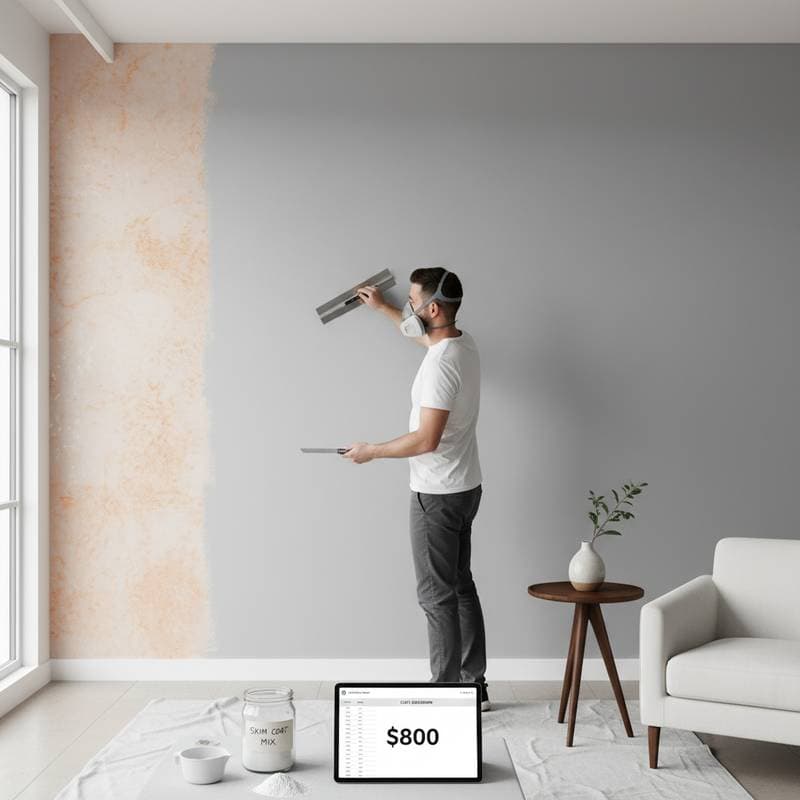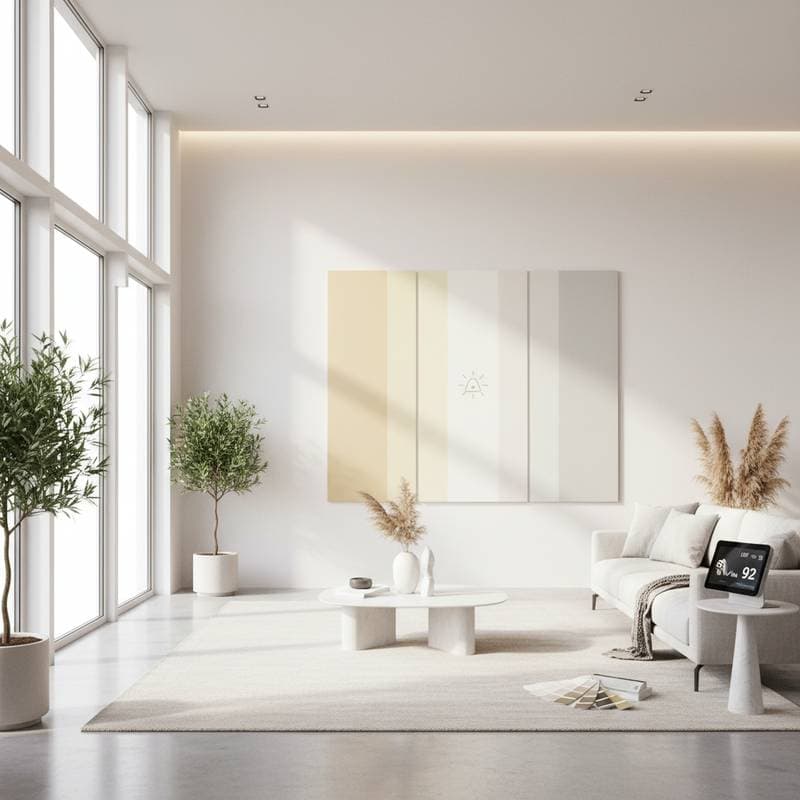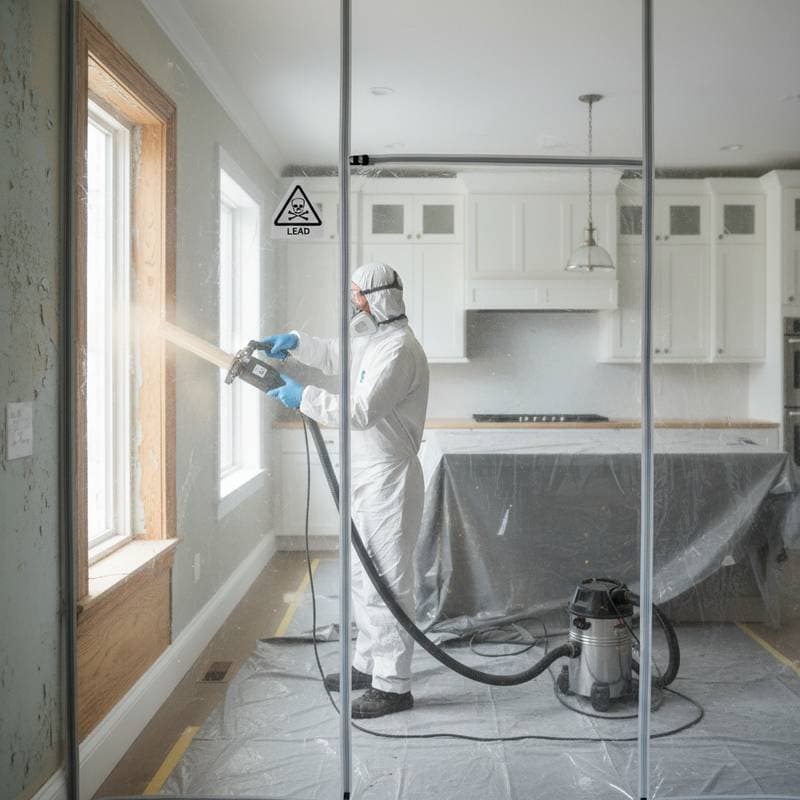The Winter Surge in Limewash Paint Popularity
Limewash paint has emerged as an unexpected highlight in interior design trends. Previously regarded as a method for preserving historic structures, it now ranks among the top choices for contemporary home finishes. This winter, online queries for limewash paint increased markedly, prompting homeowners to explore textured options that infuse walls with dimension and coziness. The growing fascination extends beyond mere hues to encompass texture, genuineness, and the soothing presence of organic elements.
Homeowners seek surfaces that appear inhabited, visually layered, and tranquil. Limewash paint provides these attributes alongside functional advantages. It produces a gentle, ethereal flow on walls, diffuses light effectively, and elevates a basic wall into a sensory and creative element. Grasping the sources of its recent rise assists homeowners in determining its suitability for upcoming renovations and anticipating outcomes when engaging skilled applicators.
Understanding Limewash Paint and Its Unique Qualities
Limewash paint derives from pulverized limestone combined with water and organic colorants. This composition yields a mineral coating that penetrates absorbent substrates rather than coating them superficially. The outcome is a non-reflective, suede-like surface that varies faintly in shade based on illumination and application strokes.
In contrast to conventional latex paints, limewash bonds with the substrate without creating a barrier. This permeability permits vapor release, aiding in indoor humidity control. It suits plaster, masonry, and rock surfaces traditionally, though current versions bond to gypsum board with appropriate mineral undercoats.
The uptick in interest this winter stemmed from a preference for organic styles. The shift toward grounded palettes, eco-conscious substances, and artisanal textures positioned limewash as an ideal selection for those desiring subtle warmth and muted visuals free from artificial gloss.
Detailed Project Cost Analysis
Typical Price Ranges
- Basic project: $2,000 - $3,500
- Standard project: $3,500 - $6,000
- Premium project: $6,000 - $9,000
Included Elements
- Labor covering substrate readiness and coating
- Supplies such as limewash, undercoat, and permeable topcoat
- Basic mending of surface flaws
- Post-work tidying and quality review
Additional Expenses
- Base layers of textured stucco prior to limewashing
- Layered hues for enhanced dimension and weathered appearance
- Custom treatments like hue blending on overheads or hearths
- Fixes for compromised stucco or stonework
Influences on Total Expenditure
| Factor | Cost Impact | Examples |
|---|---|---|
| Surface condition | Elevates expense with thorough prep | Fractured stucco or irregular gypsum board |
| Room dimensions and elevation | Boosts supply and workforce needs | Arched ceilings or expansive layouts |
| Coat quantity | Extends duration and consumption | Two to three layers for richness |
| Pigment variety | Influences cost per unit | Bespoke or earth-derived colorants |
| Geographic area | Modifies workforce fees | Metropolitan zones typically command premiums |
Limewash application demands greater effort than standard painting methods. The process involves manual brushing in intersecting patterns and frequently several applications to secure the characteristic mottled effect. Experts command higher fees for this precision, yet the resulting depth surpasses that of uniform coatings.
Factors Behind the Winter Interest Increase
Limewash paint resonates particularly in cooler seasons when individuals remain indoors longer and yearn for tactile comfort. Its subdued, light-absorbing planes foster serenity amid the stark lines of current furnishings. Homeowners pursued methods to enhance coziness sans accumulation or ornate additions.
Social dynamics also fueled the rise. Design experts, online personalities, and home makeover programs featured limewash on focal walls, sleeping quarters, and communal areas. The nuanced shade shifts render well in images, amplifying its allure through digital platforms. As exposure widened, inquisitiveness prompted widespread trials.
Sustainability trends played a role as well. Numerous limewash formulations contain minimal volatile compounds and draw from natural sources. Those prioritizing healthier, vapor-permeable environments discovered limewash to blend aesthetics with ecological responsibility.
Step-by-Step Application Guide
Limewash demands careful execution and expertise. It differs from the simplicity of latex rollout, leading many to enlist specialists for optimal outcomes.
Preparation Steps
- Clean the surface: Ensure walls remain free of debris and moisture.
- Address damages: Fill fissures or voids, then smooth by sanding.
- Apply undercoat: Use a mineral formula to promote uniform adhesion, particularly on gypsum.
Coating Process
- Employ a broad masonry brush for the initial layer, using overlapping motions.
- Initial irregularity is expected; drying reveals blended variations.
- A follow-up layer intensifies color and motion. Experts may add a third for vintage or stratified looks.
- For protection from dampness or marks, incorporate a vapor-permeable topcoat if needed.
Curing Phase
Limewash requires extended setting. Over this interval, hues adjust marginally as the substance interacts with atmospheric carbon dioxide. This reaction, known as carbonation, imparts the signature powdery, earthen feel.
For self-application, test patches allow evaluation of shade and method prior to full commitment. Specialists in this field guarantee uniformity and substrate harmony.
Comparing Professional and DIY Approaches
Required Expertise
Self-directed limewashing suits minor undertakings, yet expansive or prominent areas gain from expert handling. Mastery of stroke control and hydration prevents blotches or inconsistencies.
Effort Duration
A solo room effort may span a weekend, whereas a team finishes in one to two days, accounting for interlayer drying.
Essential Tools
Amateurs require dedicated brushes, containers, protective sheets, and mineral base. Experts arrive with advanced gear and access equipment for elevated or intricate zones.
Safety Measures
Limewash poses low toxicity risks, but wear barriers like gloves and eyewear during preparation and use due to its basic pH.
Outcome Standards
Experts deliver fluid transitions and seamless integration over broad expanses. Amateur efforts yield appealing, folksy charm, though success hinges on proficiency and diligence.
Expense Breakdown
Self-projects run $200 to $600 for supplies, contrasted with professional rates starting at $2,000 based on scale. The premium covers technical prowess, precise execution, and sustained performance.
Selecting a Qualified Applicator
Given the artistic nature of limewash, choosing a proficient specialist proves crucial. Confirm the provider's history with limewash via project samples. Solicit images and endorsements to gauge competence.
Essential Selection Process
- Identify regional experts in ornamental or stucco work.
- Confirm qualifications such as coverage and operational permits.
- Obtain several estimates evaluating range, supplies, and schedule.
- Inquire on formulations to verify use of mineral, permeable options.
- Examine the agreement for specifics on shade trials, layer numbers, and guarantees.
A comprehensive document safeguards interests and clarifies standards. It details readiness, material sources, techniques, post-work, and billing.
Project Duration Overview
Standard limewash work for one or two spaces spans three to five days, encompassing cleaning, base drying, dual layers, and setting. Extensive properties or embellished elements like overheads and edges may require up to two weeks. Ambient moisture and warmth affect curing pace.
Plan for airflow and limited access during setting. Post-completion, refrain from abrasive cleaning or wetting for weeks to support complete carbonation.
Care for Limewash Surfaces
Limewash endures well but responds unlike typical paints. Spot corrections involve thin reapplication rather than wholesale recoating, simplifying upkeep and reducing costs.
Preserve appearance by:
- Wiping lightly with a gentle fabric or dry tool.
- Steering clear of abrasive agents or surplus water.
- Refreshing with a layer every few years should fading appear.
The evolving sheen over time enhances allure and realism, contributing to its enduring draw.
Preparing for Your Limewash Endeavor
Prior to proceeding, evaluate these aspects:
- Substrate suitability: Optimal on absorbent bases.
- Illumination effects: Daylight accentuates shade nuances.
- Shade trials: Test samples across room zones.
- Financial and schedule planning: Bespoke work extends both.
- Expert advice: Consult a finisher to assess conditions and suggest compatible items.
Thorough preparation paired with capable hands yields a lasting, crafted aesthetic that endures.
Common Questions on Limewash Painting
How does limewash painting expense compare to standard painting?
Limewash typically costs two to three times that of latex applications, ranging from $2,000 to $6,000 for average areas. This premium accounts for manual techniques, unique supplies, and groundwork. Standard jobs for comparable spaces fall between $1,000 and $2,500.
What is the full duration of a limewash project?
Projects for one or two rooms generally require three to five days, including readiness, undercoat setting, and dual layers. Broader or layered endeavors can stretch to two weeks.
Is limewash suitable for homeowner application?
Homeowners may handle limewash on modest walls or highlights, provided they practice for uniformity. Essential steps include mineral bases, balanced dampness, and intersecting brushes for texture. Experts provide even dispersion and refined integration on larger scales.
How to select an ideal limewash applicator?
Seek those specializing in decorative techniques with proven limewash work. Request project visuals, validate permits and protection, and secure itemized bids. Trustworthy providers detail procedures, choices, and assurances upfront.
What occurs during the limewash application?
Anticipate initial color inconsistencies that resolve into fluid, vaporous patterns upon drying. Maintain ventilation and abstain from contact until set.
What issues arise with limewash, and their resolutions?
Patchy areas or lines result from inadequate bases or rapid drying. Remedies involve gentle abrasion followed by a thinned layer. Light abrasions receive simple spot treatments without full renewal.
Limewash paint attracts notice for its personality, eco-profile, and classic elegance. As pursuits for solace and truthfulness grow, this option reshapes expectations for current home environments.



